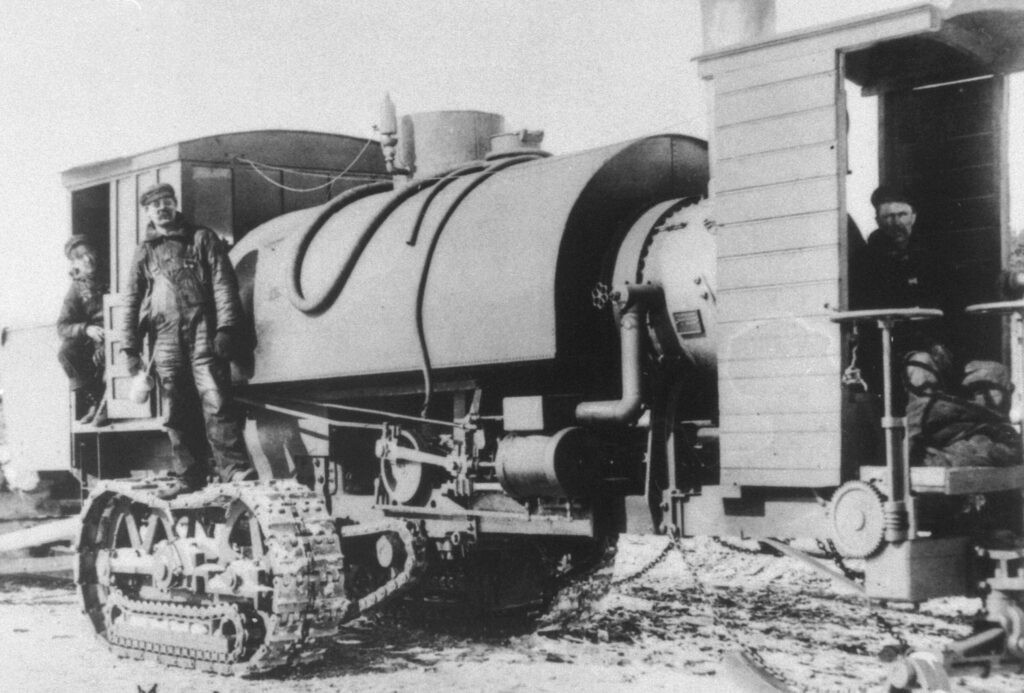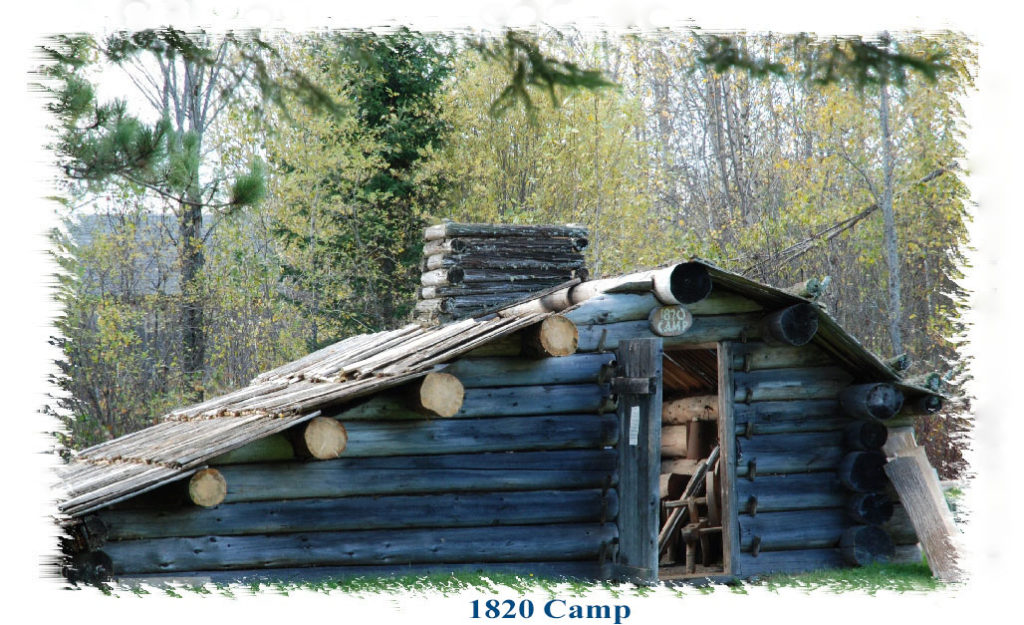Preserving, Honoring and Sharing the History and Heritage of the Forest Industry In the Katahdin Region of Northern Maine
The Patten Lumberman’s Museum preserves the history and heritage of lumbering in the forests north of Bangor, Maine, by collecting equipment, tools, clothing, media representations, and other artifacts pertaining to the forest industry.
Walking our campus and viewing our exhibits allow our visitors to fully imagine the challenges of life during this historic period. Our annual Bean-Hole Bean dinner is a celebration honoring the heritage these early settlers bestowed upon our area. The outdoor dinner is designed to fully recreate a taste of the past with authentic bean-hole beans, reflector oven biscuits, and campfire coffee.
Our well-maintained historical exhibits include the times, places, people, and related details about managing the forests, harvesting the wood, and transporting forest products such as full logs for ship masts, saw logs for lumber, pulp wood for paper, and firewood and biomass for energy. The history of this industry in the Katahdin Region of Northern Maine is and has been a continually changing story.
Sharing this rich history and heritage is critical to the Museum’s mission. Exhibits are assembled and maintained to illustrate the life of the lumbermen and the equipment they used, including examples of logging camps, sawmills, the steam powered Lombard Log-Hauler and various boats used during the log drives on the rivers. The Museum encourages school groups by providing narrated tours upon request. The tours are designed to educate young people about the industry that has been and continues to be crucial to the local economy and way of life.
A little logging history
Maine’s logging history began in the early 1600’s when English explorers first cut trees on Monhegan Island. By 1832, Bangor had become the largest shipping port for lumber in the world; at times, as many as 3000 ships were anchored there, and it was said that a person could almost walk across ship decks from Bangor to Brewer. Over 8.7 billion (8,737,628,202, to be exact) board feet of lumber shipped from Bangor between 1832 and 1888. During this period, Patten became a booming center for logging operations. Each spring, logs harvested in the Patten area during the preceding winter were floated down the Penobscot River in massive drives to the Bangor-area mills.
1820 Camps
Circa 1820, logging camps consisted of a 20×20 camp built around a fire pit which supplied warmth and a cooking fire for the crew of 12-14 men and team of oxen. Camps were constructed without nails; they were typically constructed of large spruce logs chinked with moss and mud, with cedar shake roofs. Camps had a single “community” bed, which occupied the entire low side of the camp. It was spread with a “mattress” of pleasant-smelling balsam fir, and all of the men slept in it under one long blanket. The camp’s only sink was a hollowed log, and wet socks and clothes drying by the fire (on an aptly-named “stink pole”) gave off an indescribable fragrance. The museum houses a replica of an 1820’s camp, (minus the indescribable fragrance) for guests to explore.
In later years, as many more men worked the woods of the Katahdin area, which created the need for better accommodations. Double camps consisted of a cooking/dining area and sleeping quarters separated by a “dingle” which was used to store the camp’s grindstone and barrels of cod fish, salt pork, bully beef, and sometimes flour.
Double Camps
In later years, many more men worked the woods of the Katahdin area, which created the need for better accommodations. Double camps consisted of a cooking/dining area and sleeping quarters separated by a “dingle” which was used to store the camp’s grindstone and barrels of cod fish, salt pork, bully beef, and sometimes flour.
Blacksmith Shop

As the Blacksmith was a very important person in the lumbering community, a complete Blacksmith Shop including all the tools the “Smitty” might need, is also located on the Museum grounds. When available, a blacksmith will demonstrate the heating and shaping of metal into various designs. A favorite of school groups, we often hear young boys and girls stating that this is what they want to be when they grow up!
Lombard Steam Log Hauler

The Lombard Steam Hauler, seen above, was designed/ engineered in Waterville, Maine by Alvin Orlando Lombard, a local blacksmith. It was patented in May of 1901, and is featured in the Mechanical Engineering Hall of Fame! The Lombard Steam Log Hauler replaced the use of many horses used by loggers.
Reception Center
The Reception Center displays artifacts including more than 1000 historic photographs, informational information, artwork depicting lumbermen’s life, log drivers “caulked boots” and “bear skin coats” worn by travelers in open pungs. The Reception Center offers the viewing of “Stump to Ship” featuring a history of lumbering and log driving in Maine.





